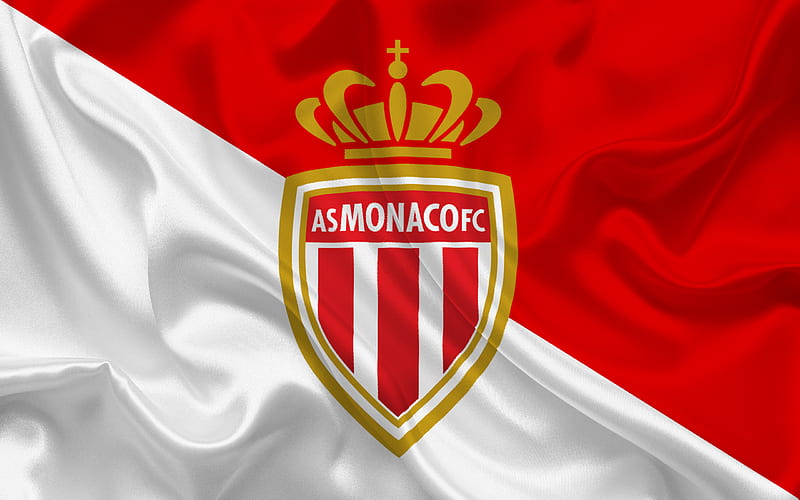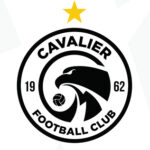In the subsequent years, the club underwent various phases, including ownership changes and shifts in managerial strategies. However, the core values established in its formative years have persisted, ensuring a commitment to excellence and innovation New88.
The Club’s Iconic Stadium: Stade Louis II Monaco Football Club
To truly understand the Monaco Football Club, one must appreciate the significance of its home ground, Stade Louis II. Nestled against the stunning backdrop of Monaco’s picturesque coastline, this stadium is not merely a venue for sporting events; it is a symbol of the club’s identity and heritage.
Architectural Marvel
Stade Louis II stands as an architectural marvel, designed by the renowned architect Roger Taillibert. Opened in 1985, the stadium was conceived with the vision of blending functionality with aesthetic appeal. Its distinctive shell-like structure has become emblematic of modern football venues.
The design facilitates excellent visibility and acoustics, allowing fans to immerse themselves fully in the electric atmosphere during matches. The stadium’s capacity of approximately 18,500 allows for an intimate experience, where every cheer and chant resonates throughout the stands.
Moreover, the location of the stadium adds to its charm. Situated just a stone’s throw from the Mediterranean Sea, the views from inside the stadium are breathtaking. Fans can witness not just thrilling football but also the beauty of Monaco in the backdrop, making matchdays an unforgettable experience.
Historic Moments and Memorable Matches
Over the decades, Stade Louis II has hosted numerous historic moments that have etched themselves into the annals of Monaco football history. From dramatic league deciders to electrifying European nights, the stadium has been a stage for some of the greatest performances.
One of the most iconic matches took place during the 2004 UEFA Champions League campaign when Monaco stunned Real Madrid in the quarter-finals. In front of a fervent home crowd, Monaco delivered a masterclass, winning 3-1 and advancing with a 5-5 aggregate scoreline on away goals. This match encapsulated the essence of underdog triumph and showcased the vibrant energy of the supporters.
Moreover, the stadium has often seen rivalries ignite, particularly with neighboring clubs like Nice and Marseille. The intensity of these matches elevates the atmosphere to unprecedented heights, as local pride hangs in the balance.
Community Engagement and Cultural Significance
Stade Louis II serves as more than just a football venue; it is a community hub that brings together residents and visitors alike. The club’s management has invested significantly in initiatives aimed at engaging the local population, fostering a sense of belonging and unity.
From youth academies to outreach programs, the Monaco Football Club emphasizes nurturing local talent and providing opportunities for young athletes. These initiatives not only strengthen the club’s future prospects but also contribute positively to the community by promoting healthy lifestyles and teamwork.


